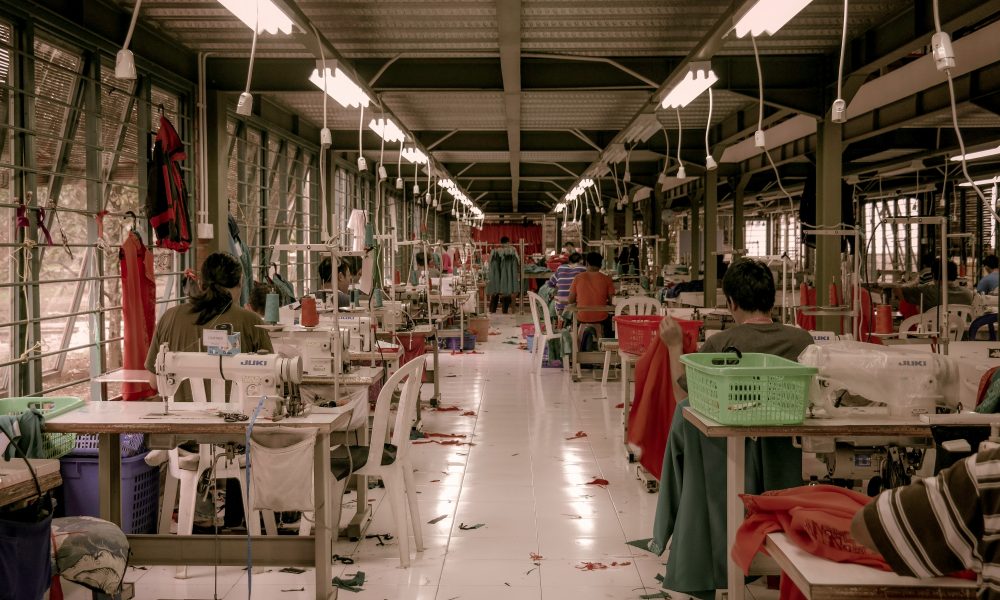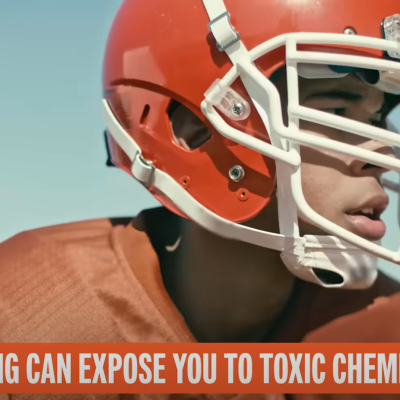Fast Fashion Is Destroying The Planet
The life cycle of a t-shirt starts with one of the six million tons of cotton produced every year in China. The cotton used to make a single t-shirt needs over 700 gallons of water to grow with the help of cancer-causing pesticides. The cotton gets brought to a factory and gets spun into fabric and dyed causing toxic chemicals to leak into water sources. Then it’s woven into a shirt by one of the 75 million people worldwide who produce this type of clothing in poor conditions with low wages. Afterward, these shirts get sent to wealthy countries for their citizens to buy for much more than the workers earned for making them. They then throw the shirt away after wearing it only seven to ten times. This is unfortunately how most modern clothes are made and they are leading to the degradation of the earth. This cycle which is called fast fashion is destroying the planet and people’s creativity through excessive production and pollution.
Fast fashion is a term for cheap and quickly made clothes that then get thrown away after a few uses. In recent years, there’s been a significant rise in fast fashion among the general populace, causing overconsumption and quick turnaround for clothes to become more common. Americans buy 60 percent more clothing than they did 15 years ago and wear them for only half the amount of time, leading to 92 million tons of textiles being thrown away every year. The production of these clothes makes up 10% of carbon dioxide emissions globally. Both of these facts have majorly contributed to the climate crisis and to the overall degradation of our planet.
Fast fashion is also killing more than just our planet, it’s killing our creativity. A major part of fast fashion is its willingness to hop on short-lived fashion trends that die out within a few weeks or months. With many people wanting to keep up with what’s currently popular and fast fashion giving them the ability to do so easily and for a small price, people can buy whatever clothing item fits the trends and throw it out within a year without giving it any thought. This cycle of trends and waste only seems to quicken with time, influencing people to follow what is popular on social media instead of experimenting with their sense of style and buying clothes they love and want to keep, resulting in the slow but sure killing of creativity and the planet.
Whenever fast fashion gets criticized for being cheap and mass-produced, many people fire back with the claim that fast fashion is oftentimes the only way for people with lower income to indulge in popular trends and that you must just hate poor people if you don’t like fast fashion. But what people often fail to realize about criticism towards fast fashion is that people are not criticizing the consumer, they are criticizing the large multi-billion dollar companies that use sweatshop labor to make these clothes and pollute the planet while doing it. The consumers in this situation are not to blame. They simply are buying what’s available to them and what they can afford. They are being taken advantage of by these big companies when they sell cheaply made clothes that they know won’t last to consumers because they know that’s all they can afford. When criticizing fast fashion, the main objective is not only to stop fast fashion and create a healthier planet but to also help people find better alternatives to fast fashion that can save the planet and their wallets.
Fast fashion is a part of the global climate crisis, and it’s one of the few that we can actually have an influence on. By simply putting just a little more thought into the clothes we buy and who we buy them from, we can not only have a better closet with higher quality and more unique clothes that last us longer, but we can also help the planet, even if just a little bit individually; everyone helping just a little bit can make great change overall.










